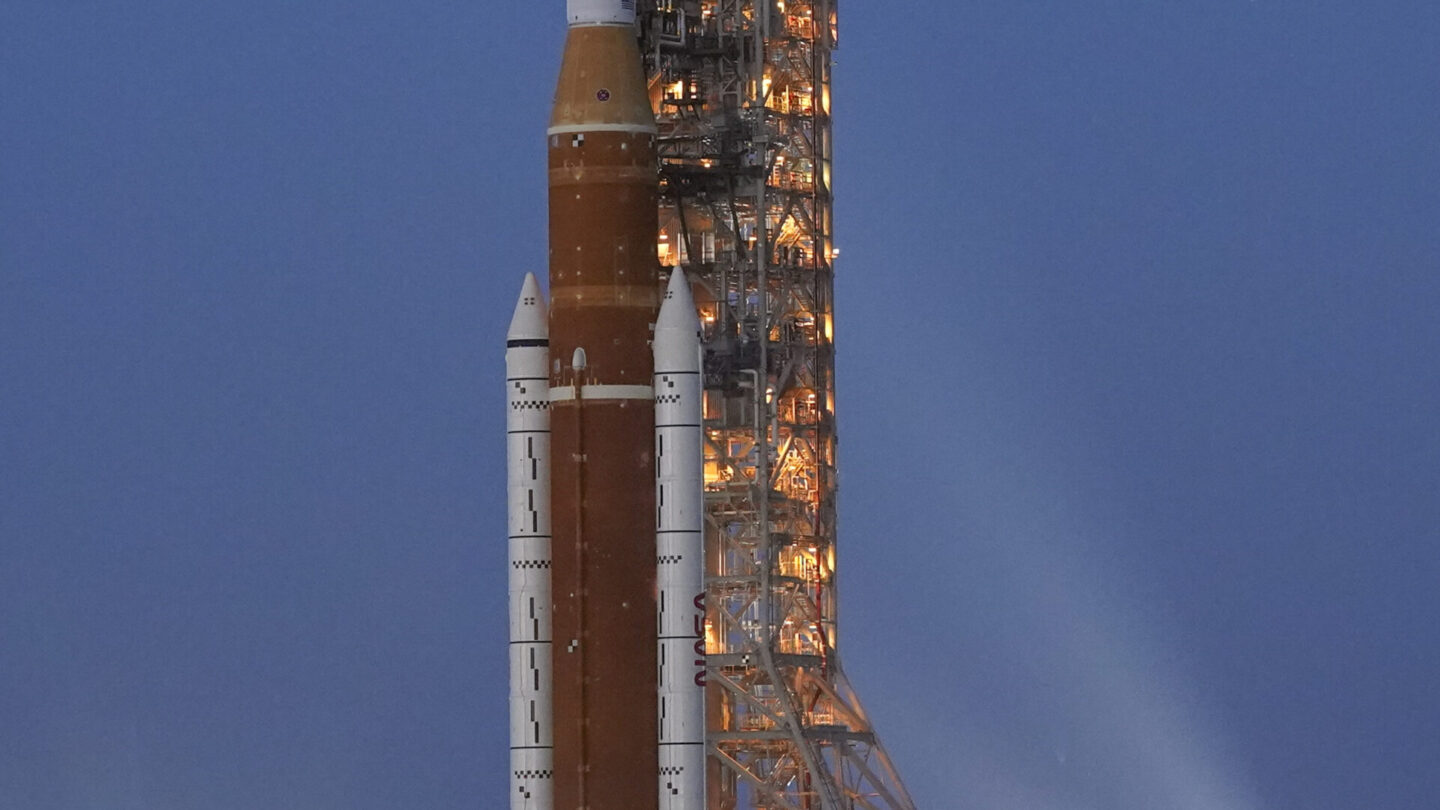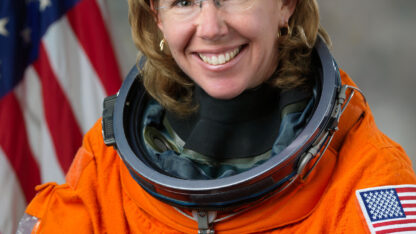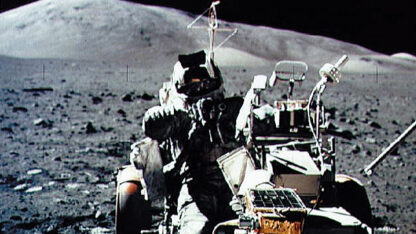For the first time in nearly 50 years, a moon rocket has made it to a launch pad at NASA’s Kennedy Space Center.
The Artemis 1 rocket reached Launch Complex 39B early Friday morning, traveling overnight to make the 4-mile journey from the Vehicle Assembly Building to the pad.
While that’s a short distance compared to the trip to the moon — which lies around a quarter-million miles away — the journey marked a key milestone in NASA’s next chapter of deep space exploration.
“It’s a huge moment,” says NASA astronaut Randy Bresnik.
The Apollo program of the 1960s and 1970s carried Neil Armstrong, Buzz Aldrin and other Americans to the lunar surface. Now, the Artemis program —named after Apollo’s twin sister, the goddess of the moon in Greek myth — could soon bring astronauts back to our rocky neighbor after a half-century absence.
Anchoring the program’s first mission is the Space Launch System, a 5-million-pound rocket that stands more than 300 feet tall and is designed to carry NASA’s Orion capsule, a spacecraft that could one day ferry humans to the moon and back.
But this mission, dubbed Artemis I, will carry no crew. Instead, it will test the rocket and spacecraft’s capabilities for carrying astronauts on the more-than-250,000-mile journey to the moon.
And the mission isn’t ready to leave the planet just yet.
First, Artemis I will go through what’s called a wet dress rehearsal.
“We treat it like a real countdown,” says NASA’s Carlos Garcia-Galan. Crews at Kennedy Space Center will practice fueling the vehicle and counting down to liftoff. “We’re stopping short of actually launching the thing.”
The wet dress rehearsal is set to begin April 3 and Artemis engineers and technicians will be keeping a watchful eye out for any kinks or issues.
“It’s going to be a great opportunity to see the integrated systems, if everything works on the launch pad, and make sure everything’s good,” says Orion engineer Chelsea Partridge. “If anything comes up, it gives us the chance to fix and update whatever needs to be done and then actually get ready to launch for real.”
If all goes well at the pad, the rocket will make its way back to NASA’s Vehicle Assembly Building one last time before repeating the 4-mile journey, then launching to the moon as early as June.
Following a successful Artemis I mission, a crew of astronauts will launch on Artemis II on a mission around the moon and back, followed by Artemis III — which includes landing on the lunar surface, thanks to a new spacecraft designed by Elon Musk’s SpaceX.
NASA hasn’t named the crew just yet, but says a woman and person of color will be part of Artemis III. Astronaut Randy Bresnik says it won’t be hard to find astronauts willing to make the trip.
“Tell you what — every single person in a blue flight suit is ready to go and volunteer for that Artemis to flight,” Bresnik says.
Copyright 2022 NPR. To see more, visit https://www.npr.org.
9(MDAxODM0MDY4MDEyMTY4NDA3MzI3YjkzMw004))

9(MDAxODM0MDY4MDEyMTY4NDA3MzI3YjkzMw004))









